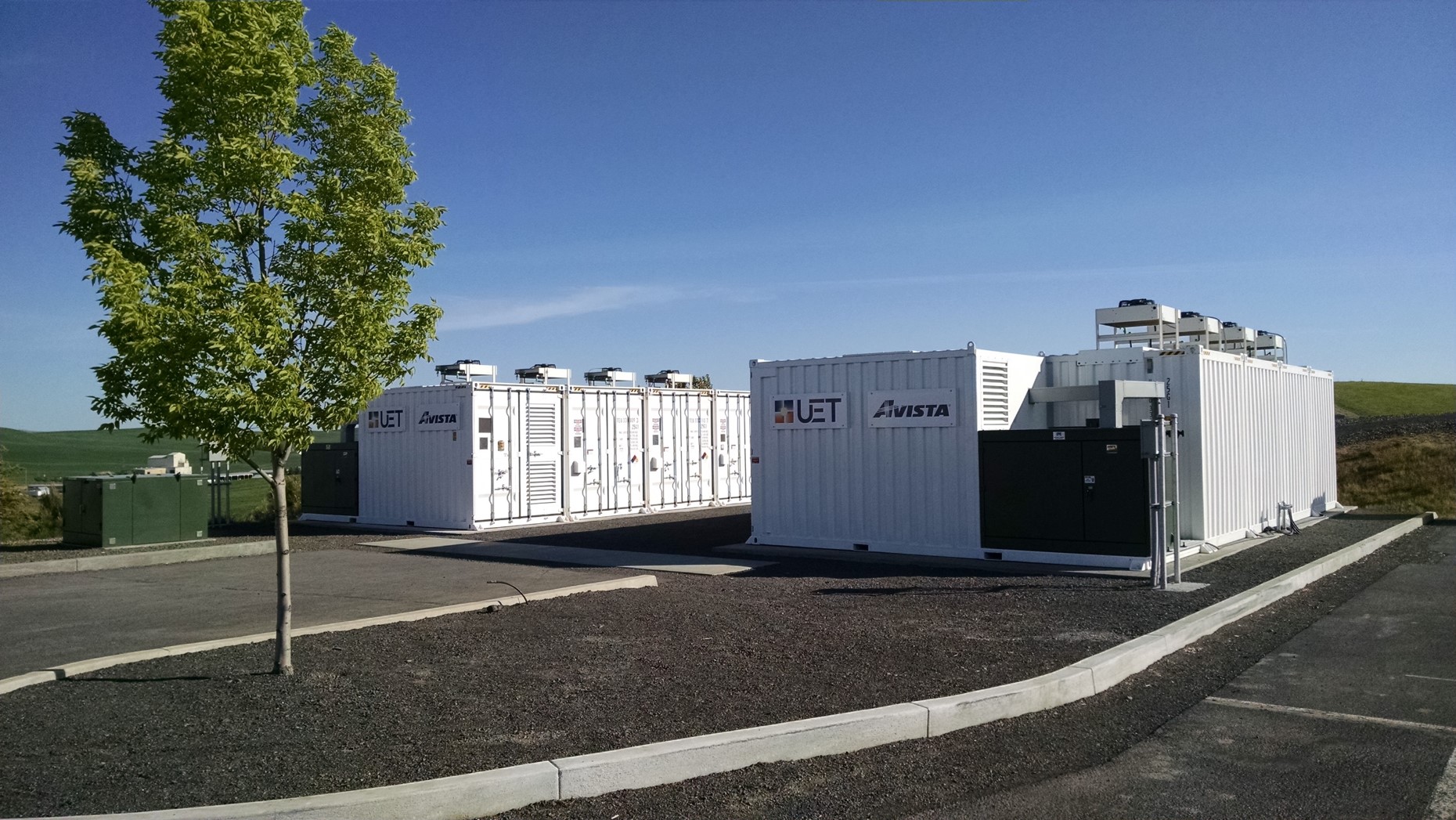India Energy Storage Alliance’s 6th edition of “Stationary Energy Storage Market Overview Report” for the India Market forecasts the energy storage market to grow at a CAGR of 8% by 2027—double its annual capacity additions.
The latest edition of the “Stationary Energy Storage Market Overview Report” estimates the energy storage market in India to be US $2.1 billion (as of 2019) and provides an analysis of the market potential and market size of the Stationary Energy Storage market in applications such as renewable energy integration into the grid, Transmission & Distribution(T&D) deferral, ancillary services as well as Behind-the-Meter (BTM) applications for the period of 2020 to 2027. The report also covers top markets for the year 2020.
The report consists of three-projections: base case, worst case, and best case scenarios. In the base case, the report assumes a Business as Usual (BAU) scenario where the market would witness support from the Ministry of New & Renewable Energy (MNRE) and other government institutions. The best-case assumes more supportive policies, a higher penetration rate of storage in grid-scale projects, storage in providing ancillary services to the grid, in the distribution grid, and presently, unconventional BTM applications such as diesel optimization, rooftop, etc., to pick up at a CAGR of 14%. The worst-case scenario assumes a low growth of 2% in the market owing to the impact of the COVID-19 pandemic and other factors.
Top Markets for 2020-27
The report estimates renewable integration into the grid, diesel optimization, solar rooftop, and distribution utility scales storage to be the top-most growing markets for energy storage systems between 2020-27.
It projects RE integration in the grid to grow at a CAGR of 32% by 2027 owing to the focus on solar-wind hybrid tenders by Solar Energy Corporation of India (SECI) and other government agencies, ambitious targets set by the Government of India (450 GW by 2030). It forecasts, diesel optimization yet another key sector to grow at a CAGR of 59% in the short term till 2023, with slower growth in the long-term at 30% till 2030. For the rooftop solar market, the report notes that a dip in GST from 28% to 5% has boosted the market, with analyses showing that for solar resource-rich States like Maharashtra, Tamil Nadu, Karnataka, West Bengal, Assam, blended tariff of rooftop solar with 50% storage system could meet grid parity by end of 2023. The report highlights, distribution utility, as another top market for energy storage with top private DISCOMs such as BSES and TPDDL in Delhi already in different stages of Battery Energy Storage System (BESS) installations. The fact that strain on DISCOMs due to higher penetration of solar rooftop, EV charging stations, and ever-increasing C&I loads can be supported by energy storage technologies is likely to become more apparent in the long term with the market size potentially increasing to about 6 GWh in 2027.
The COVID 19 impact although will be visible on the rooftop solar, inverters, and diesel optimization markets, the markets are likely to recover after 2021, with all estimates for 2027 still holding good.
Key Battery Technologies
In terms of battery technologies, the report estimates the contribution of lead-acid batteries to reduce over the forecasted period, with the share of flooded lead-acid batteries going from 52% to 19%, and for valve-regulated lead-acid batteries reducing from 44% to 31%. At the same time, the penetration of lithium-ion batteries is projected to increase rapidly from 4% in 2019 to 45% in 2027 primarily due to the consistent drop in prices of lithium-ion battery systems. The share of other battery technologies, although small, could also increase from less than 1% in 2019 to 5% in 2027.
For more information on the Stationary Energy Storage Market Overview Report, visit - https://indiaesa.info/resources/industry-reports/3106india-stationary-energy-storage-market-overview-report-2020-2027












